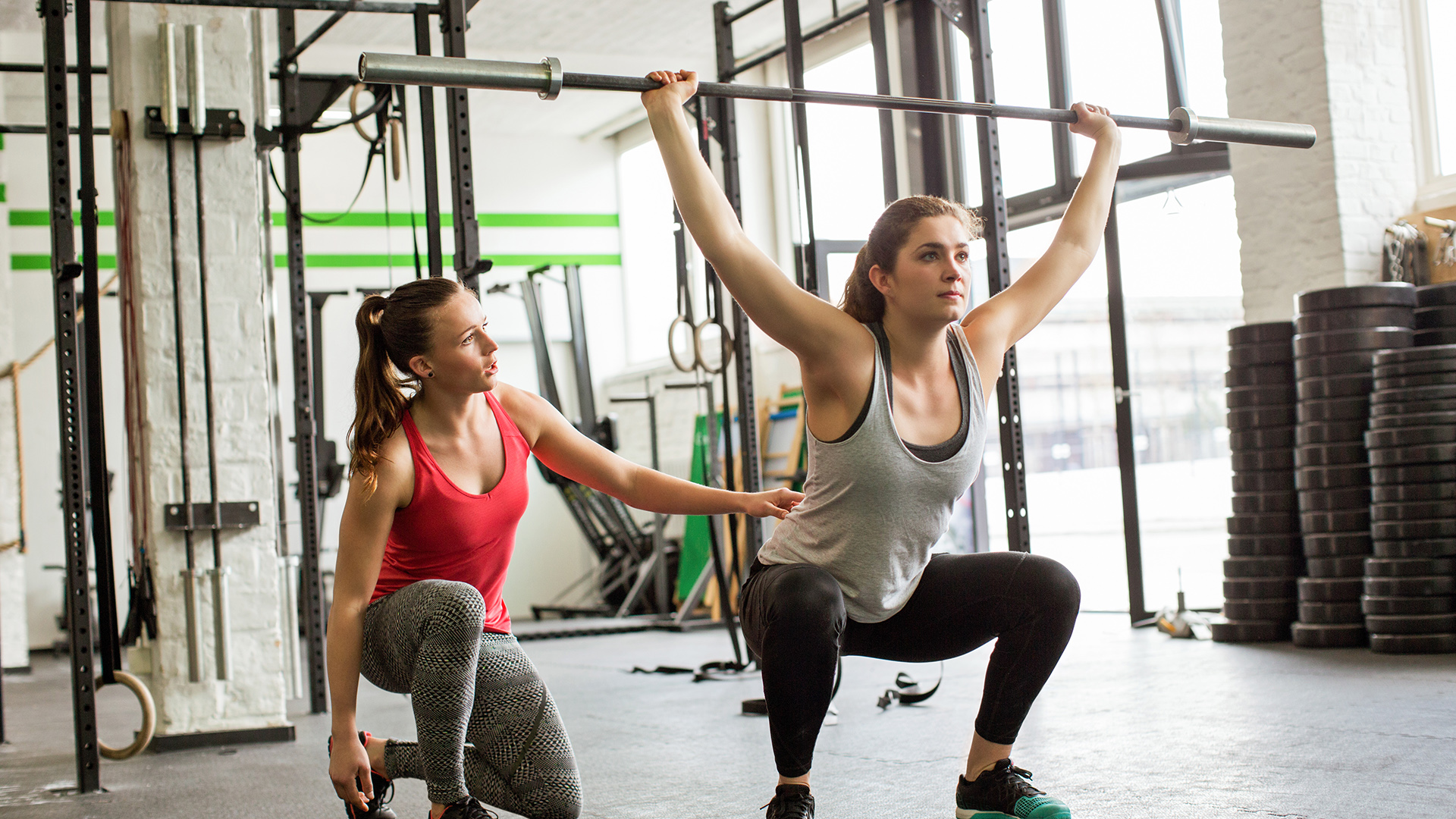Wyatt76
Where Are The Hip Flexors?
The hip flexors are a group of muscles that help you flex your hip, raise your legs, and move around. They also contribute to your stability and posture.
Tight hip flexors are a common problem, and can cause a number of issues including lower back pain, poor posture, and injuries. Typically, tight hip flexors develop over time from a sedentary lifestyle and repeated activities that use the flexors.
Your hip flexors are made up of four primary muscles, which include the iliopsoas major (or psoas), rectus femoris, iliacus, and sartorius. Each muscle has its own function and can be engaged at different times.
During hip flexion, the psoas muscle contracts to pull your knee up and towards your chest. This action is essential to your ability to run, walk, and perform a variety of other activities.
Another important function of the iliopsoas is that it connects your lower body to your spine. This connection is essential in upright posture and in maintaining a healthy lumbar spine curve, says Kimberly Baptiste-Mbadiwe, physical therapist at HSS Orthopedic Physical Therapy Center.
Tight hip flexors can be caused by many things, but they are most likely to happen because of a weak or overused core muscle or gluteal muscles that can’t fire properly. It can also be the result of a high-impact sport such as running or cycling that repeatedly uses your hip flexors to lift your leg, says Baptiste-Mbadiwe.

A strained hip flexor is a type of injury that causes sudden, sharp pain in your hip or groin area. It can be severe enough to interfere with normal daily activities or sports such as running and kicking.
The Hip flexors can become injured in a variety of ways, and some of the most common injuries are tendinitis, iliopsoas bursitis, and tenosynovitis. Inflammation in these tendons can occur from an acute injury, such as a fall or car accident, and it can get worse as you age.
To diagnose a hip flexor strain, your doctor will ask you questions about your health and your symptoms. Your doctor will also do range of motion tests to determine how you are using your hip flexors and what may be causing the pain.
If your doctor suspects a hip flexor strain, they can prescribe some stretches and exercises that will help your muscle heal and prevent future injuries. Resting and putting moist heat on the affected area can also be helpful.
Your hip flexors work hard every time you stand up, bend over, or go up and down steps. They are also responsible for lifting your legs when you walk or run, so they’re very important in everyday life.
Symptoms of hip flexor inflammation can include tenderness, swelling, bruising, and a reduced range of motion when you walk or kick your legs. You may also feel cramping or muscle spasms.
When you have a hip flexor injury, you should take a break from your activity until the injury has healed completely. Once it has, you can begin working out again and strengthening the hip flexors to return them to their full strength.
by Wyatt76 on 2023-02-03 04:14:38
No comments yet.